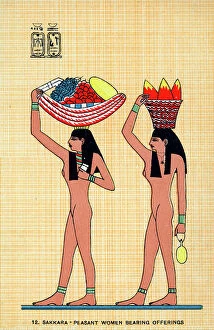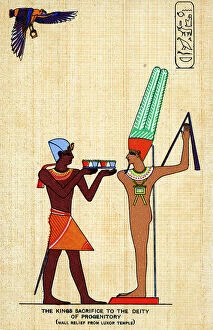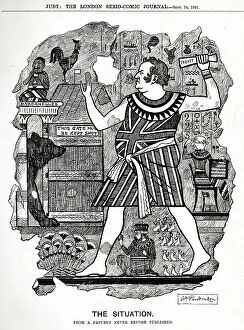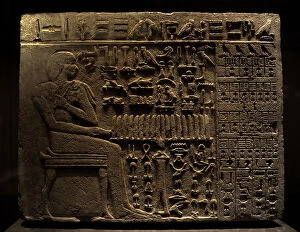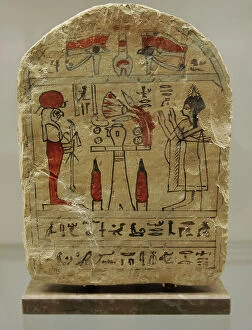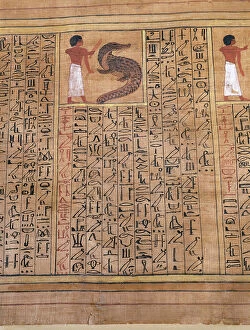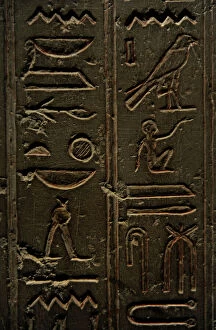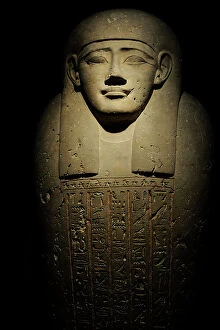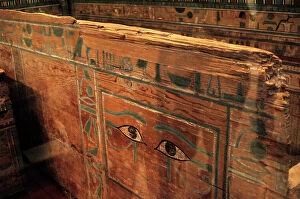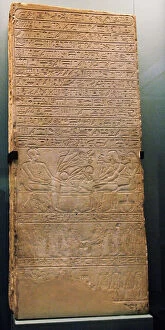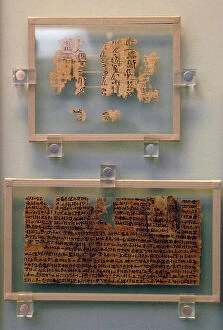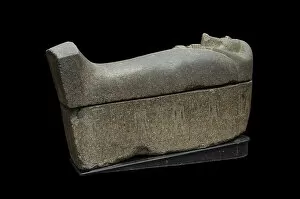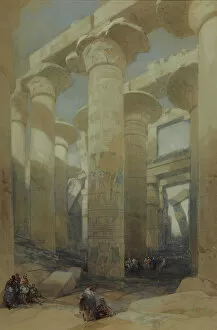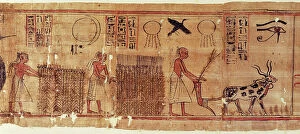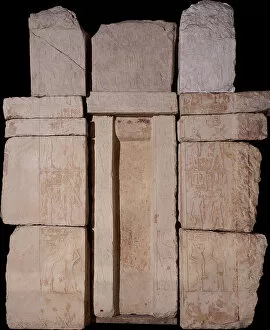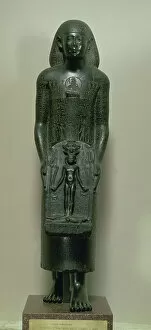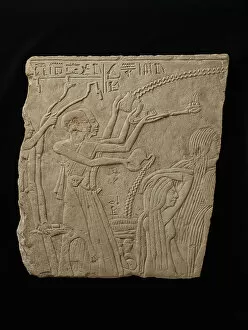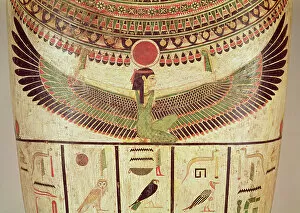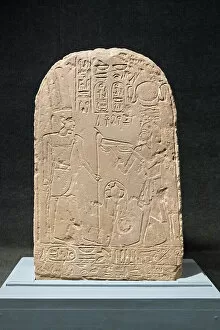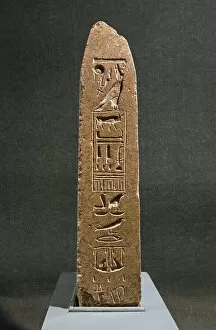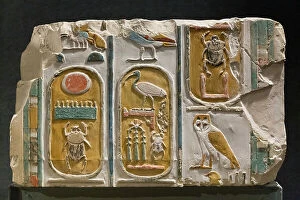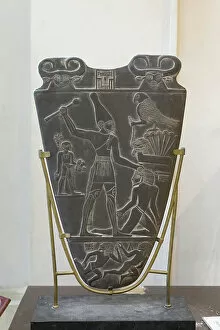Hieroglyphics Collection (page 5)
"Unveiling the Ancient Language: Hieroglyphics - Under the Protection of the Gods" Step back in time and explore the fascinating world of hieroglyphics
All Professionally Made to Order for Quick Shipping
"Unveiling the Ancient Language: Hieroglyphics - Under the Protection of the Gods" Step back in time and explore the fascinating world of hieroglyphics, an ancient Egyptian writing system that has captivated historians for centuries. From the sacred Papyrus of Ani (Book of the Dead) to The Judgement scene depicted on temple walls, these intricate symbols were believed to hold immense power and communicate with divine beings. One iconic artifact that shed light on this mysterious script is none other than the Rosetta Stone, housed in the British Museum. This incredible discovery provided a key to deciphering hieroglyphics, unlocking a wealth of knowledge about ancient Egypt's rich history and culture. Egyptian art beautifully captured daily life as well as religious beliefs. A relief depicting Akhenaten, Nefertiti, and their children showcases their royal status while highlighting artistic mastery. Meanwhile, depictions of Egyptian deities separating night and day remind us of their reverence for celestial forces. They were not limited to stone carvings alone; they adorned papyrus scrolls too. Cuneiform writing on clay slabs dating back to 3000 BC also showcased early forms of written communication from Mesopotamia. The Nile River played a vital role in Egyptian civilization; it was often referred to as "The Nile is Egypt. " Cooks Nile Steamers allowed travelers to witness breathtaking landscapes while immersing themselves in this ancient land's enchanting history. Intricate wall paintings found within Tutankhamun's tomb offer glimpses into his opulent afterlife journey through Luxor's Valley of Kings. These stunning murals depict scenes from his life as well as mythical tales intertwined with religious beliefs. Even today, hieroglyphics continue to inspire various forms of art and entertainment such as music and opera compositions like Verdi's timeless masterpiece "Aida.


